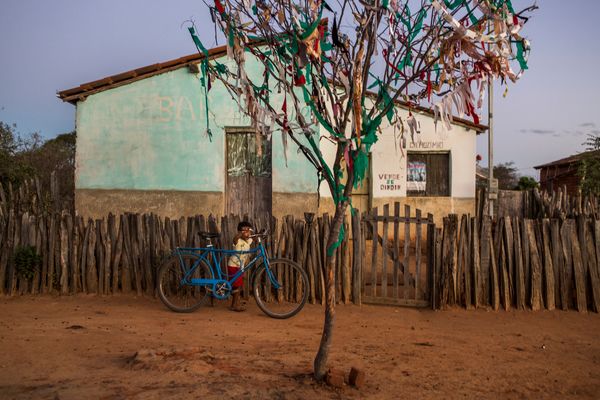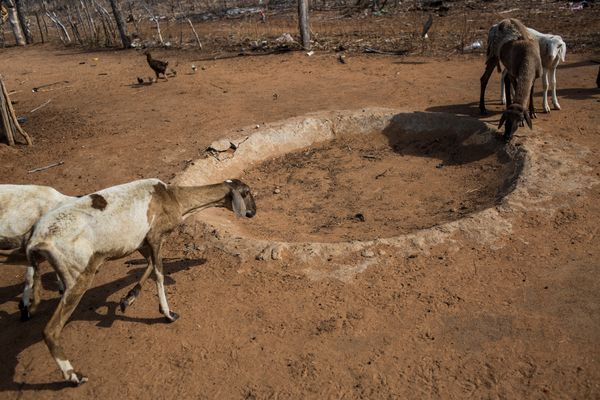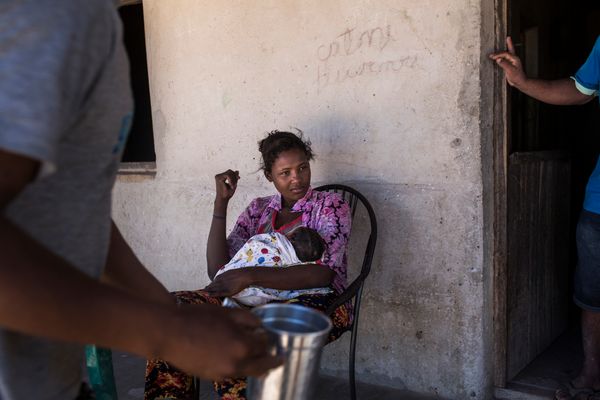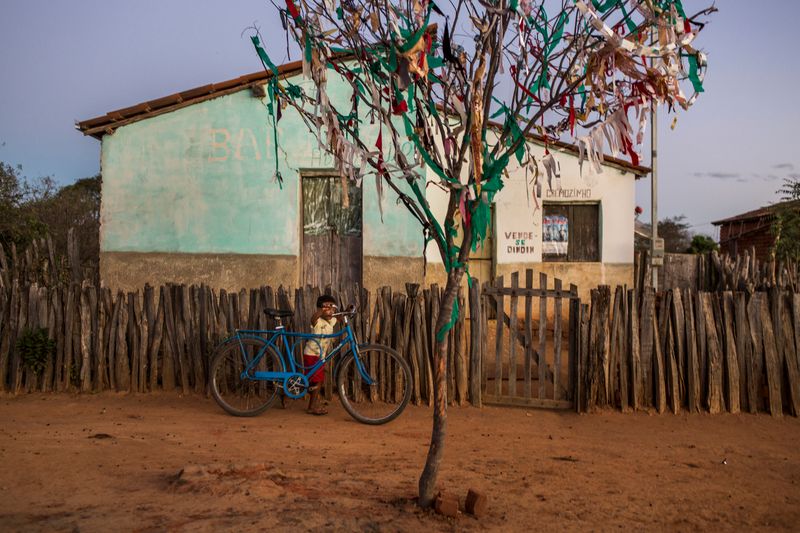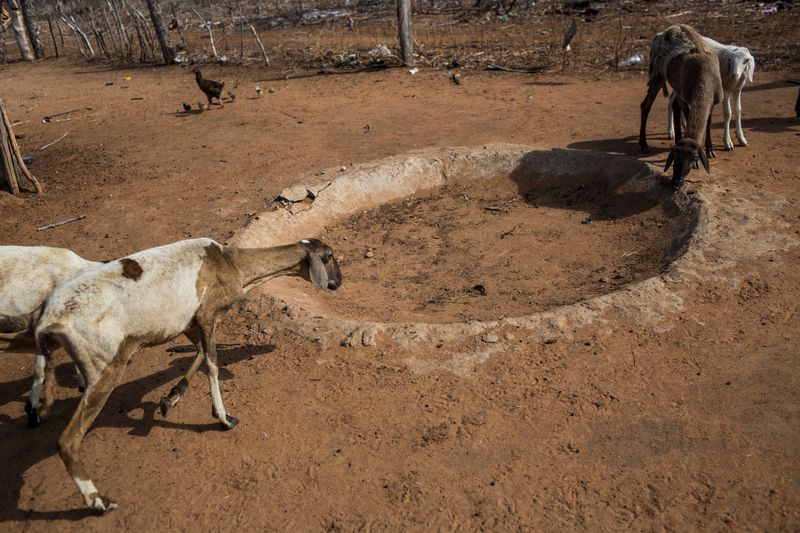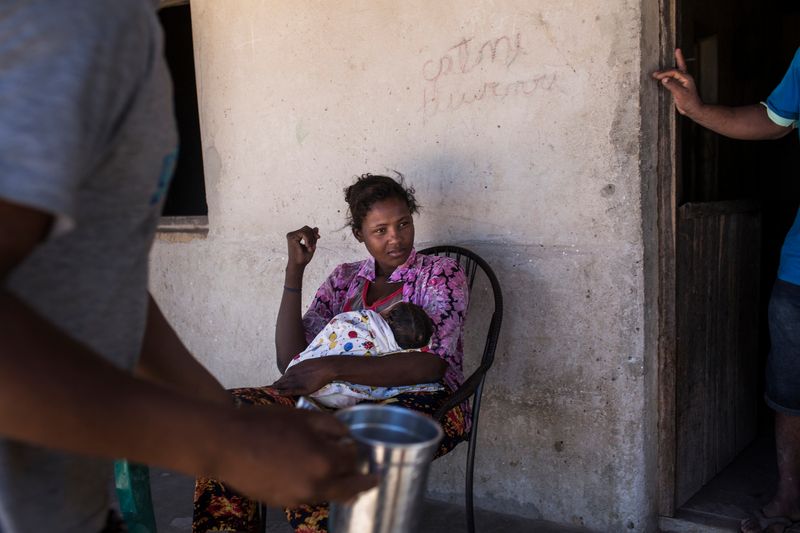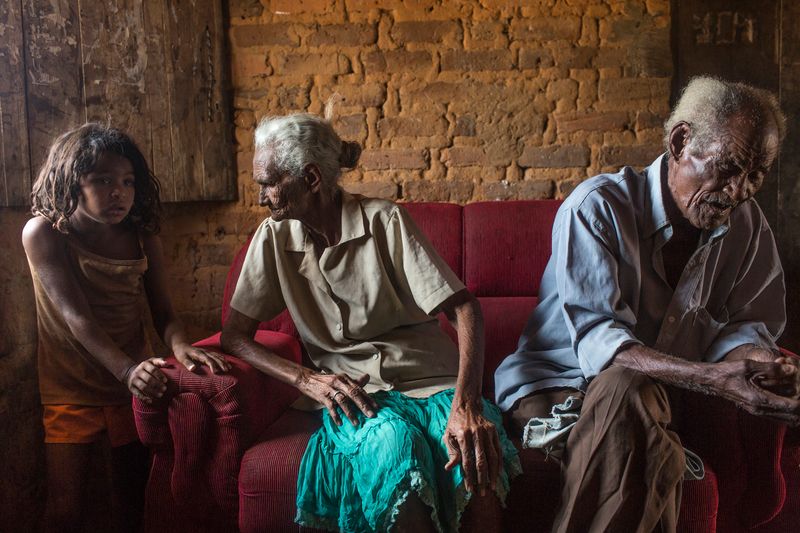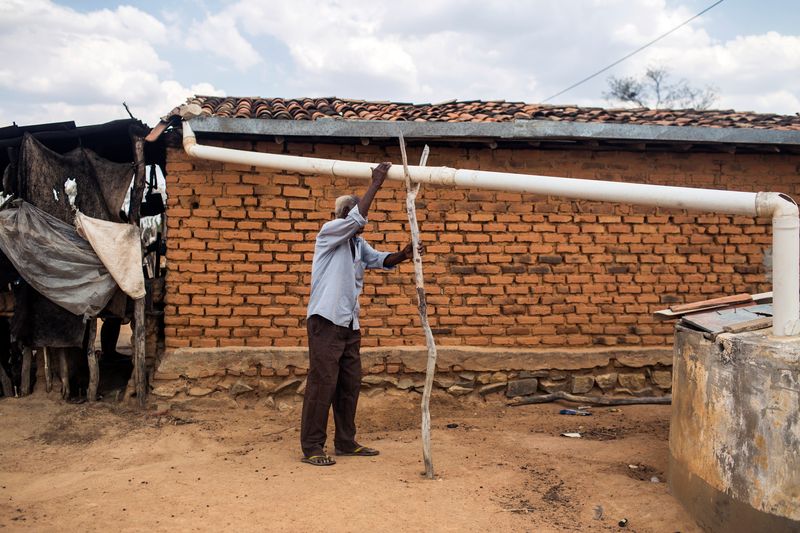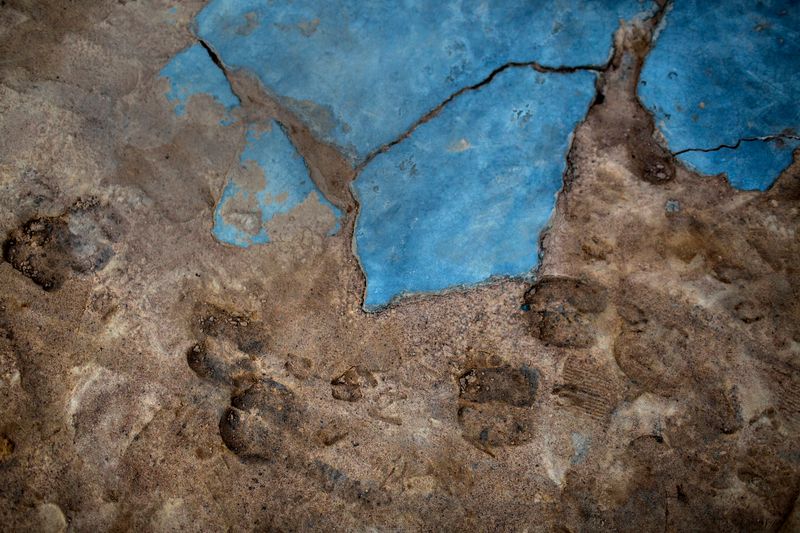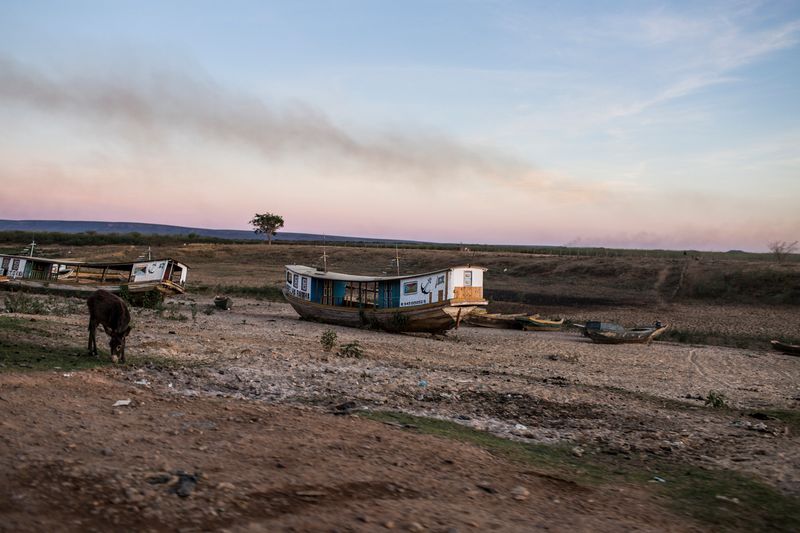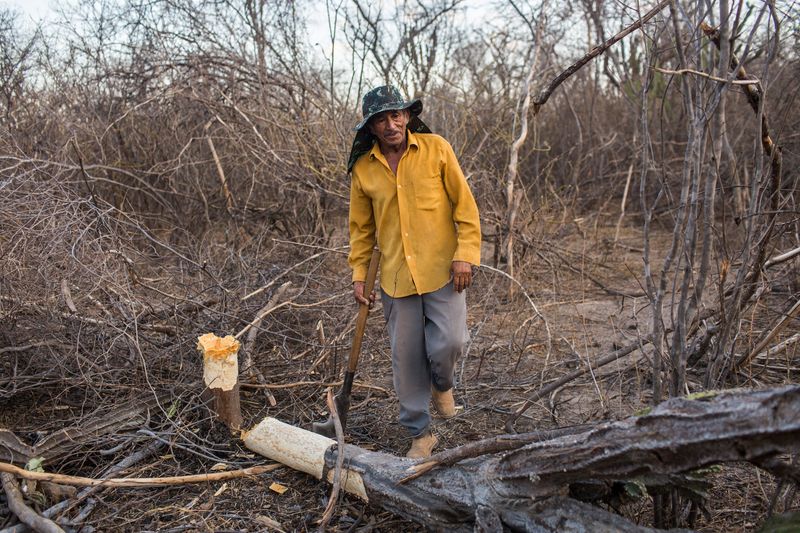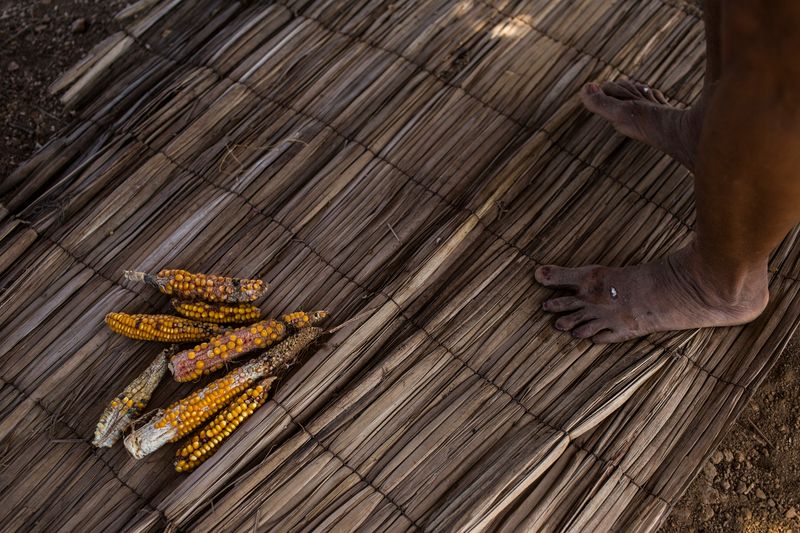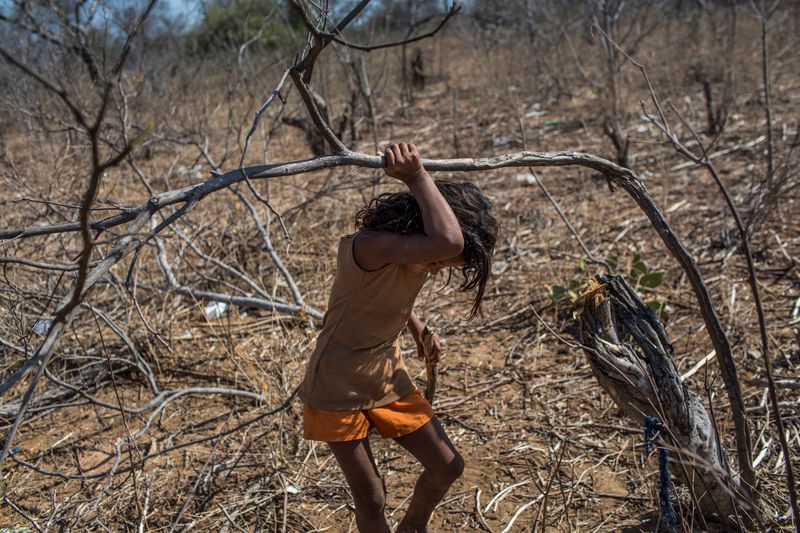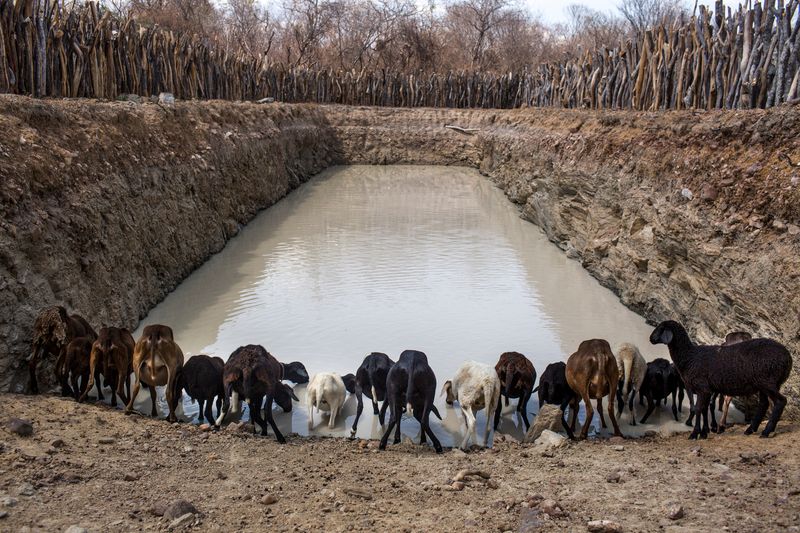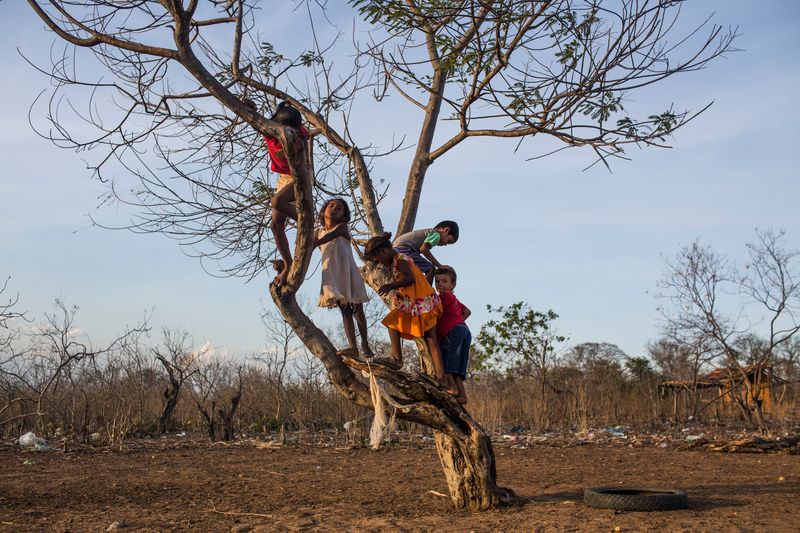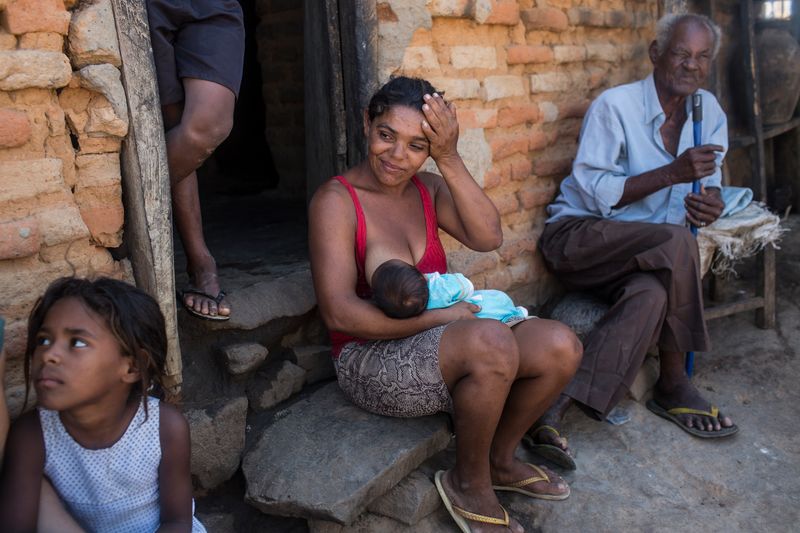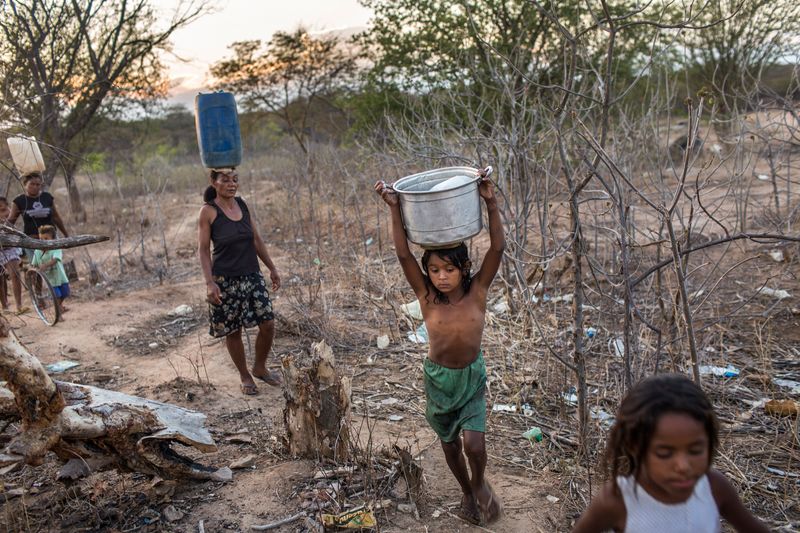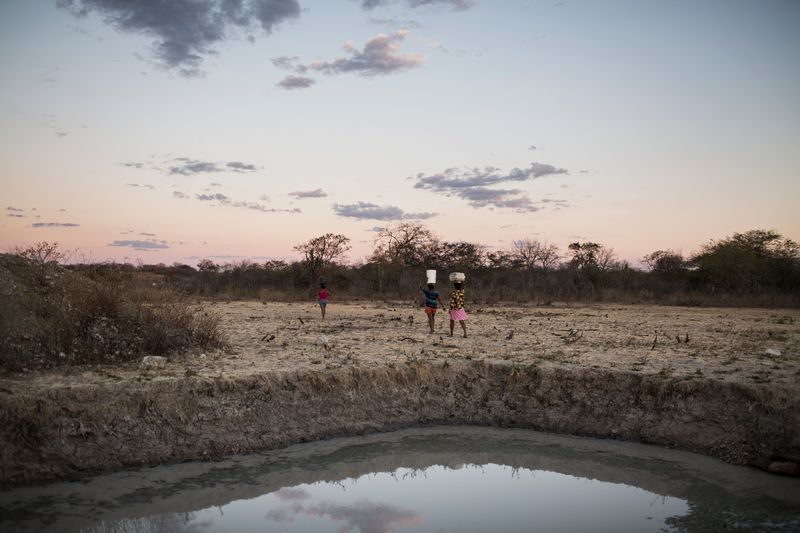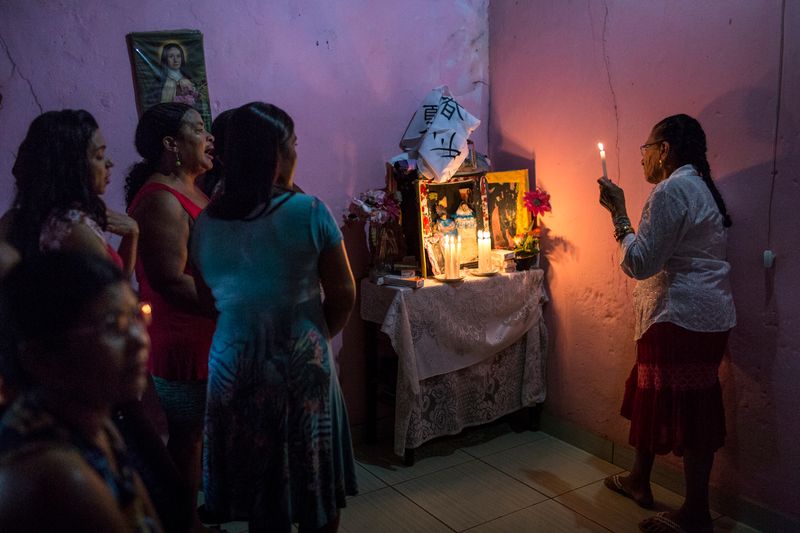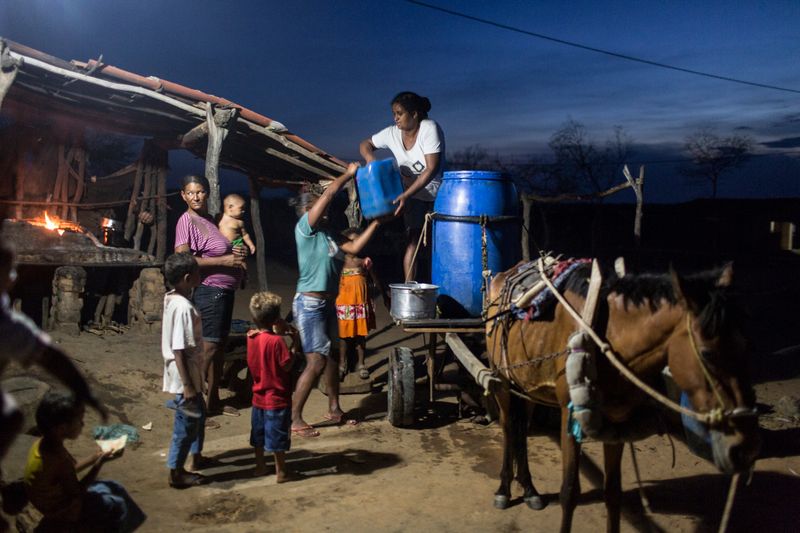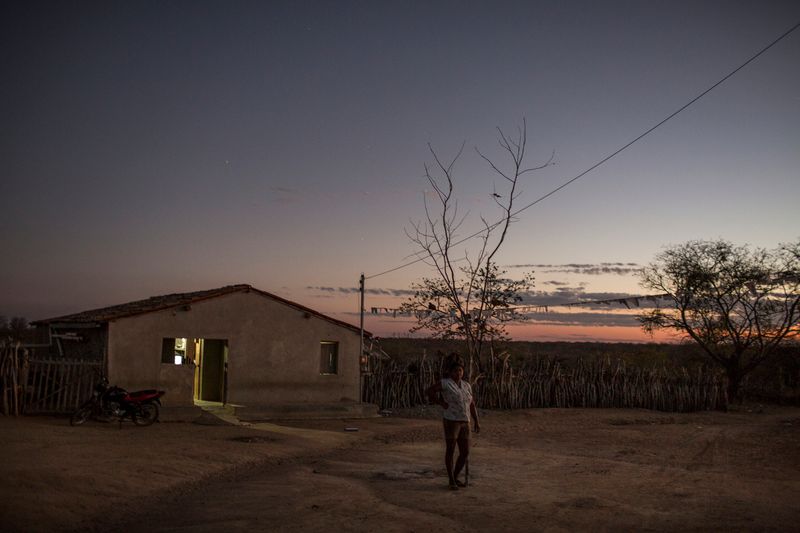Hinterland: Stories from the Caatinga
-
Dates2015 - Ongoing
-
Author
- Topics Social Issues, Documentary
- Location Brazil, Brazil
Hinterland is about marginalized rural communities in Brazil’s northeast arid region who depend on natural resources to survive natural occurring drought. In the region, drought weaves the centuries of social inequality with political corruption and unsustainable land use.
Hinterland, known as the Sertão, is a story about marginalized rural communities in Brazil’s northeast arid region who depend on natural resources for their survival to coexist with the natural occurence of drought. It’s history is steeped in systemic discrimination and poverty and reveals a steadfast and resilient people whose rural way of life is often forgotten in Brazil. It is a window into the country’s gaping disparity between the poor in the north and the rich in the south, exacerbated by lingering prejudices from the past. It is where thousands have abandon as generations migrate to prosperous cities like Rio de Janeiro. Drought in the Sertão weaves the centuries of social inequality with political corruption and unsustainable land use. In the Brazilian imagination, its story is about those leave – not one about those who stay. This is a story about those who stayed.
The Sertão has the largest rural poverty in Latin America, with 35% living in extreme poverty. Without access to education and social mobility programs, children born into poverty remain poor their entire lives. As Brazil grapples with its worst economic crisis in decades, anti-poverty programs are left vulnerable to deep budget cuts. For humble Brazilians in the Sertão, this represents a dramatic turn in their quality of life. It is home to nearly 20 million people in nine states between the Amazon and Brazil's northeastern coast. It is always on the brink of rain, yet it rarely ever falls.
To understand the Sertão is to understand the local sertanejo’s relationship to the land. One must examine the hardy hands of the farmer, the limitless patience for rain, the intense belief in folk rituals because it is only the sertanejo who can stubbornly withstand the drought of the Sertão. It is here that extreme hardship is often balanced with the refuge of extreme faith.
